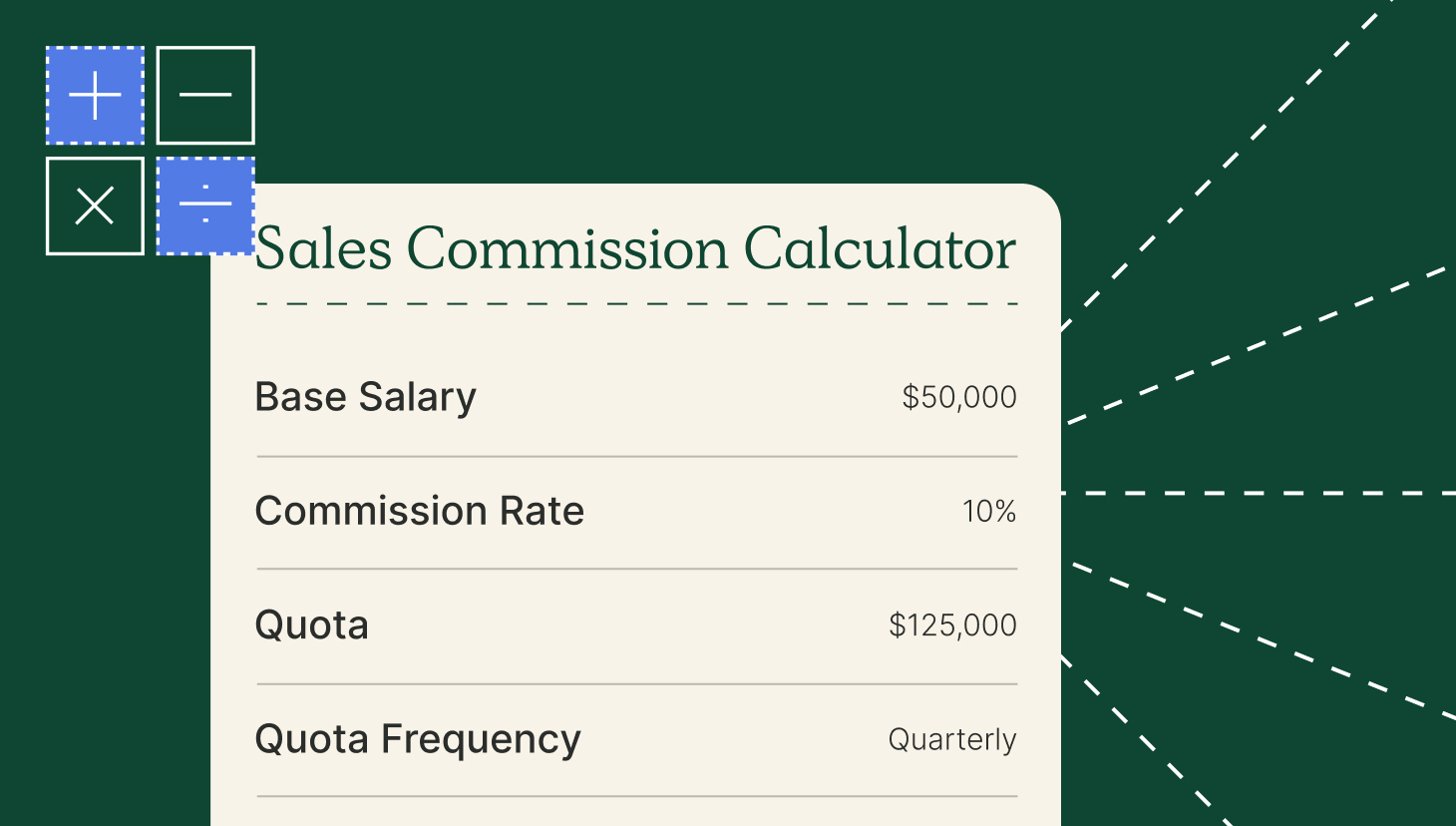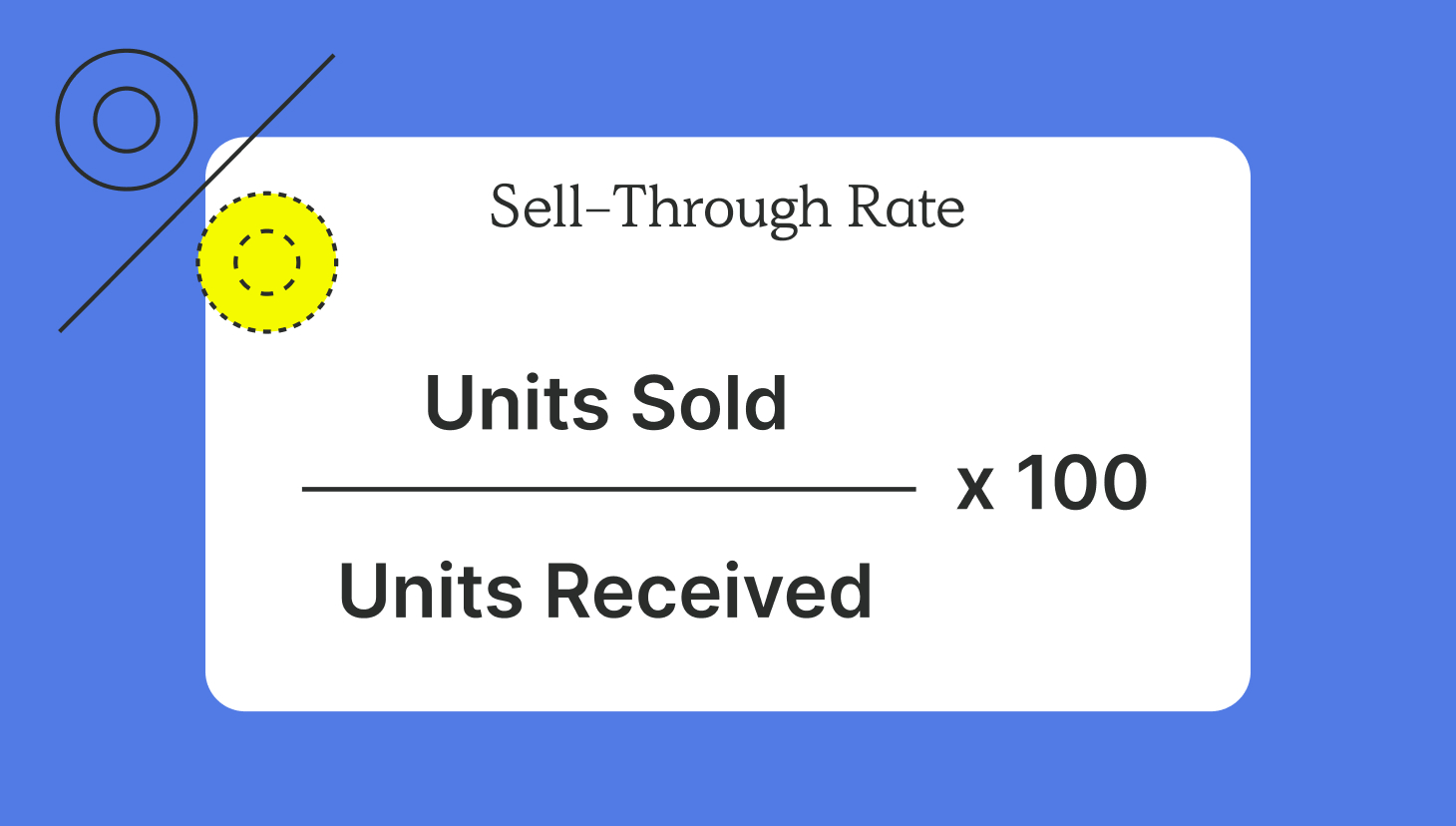Of course everyone tracks quota attainment and overall sales. However, there are a lot of sales metrics out there. We asked a group of sales experts what they think will be the most important sales metrics to track in 2021. Here’s what they had to say.
Design, track, and manage variable incentives with QuotaPath. Give your RevOps, finance, and sales teams transparency into sales compensation.
Talk to SalesHeart and commitment
“I believe that the most important sales metric is something no dashboard or CRM could ever measure. It’s heart and commitment.
How much heart do you have, how much commitment do you have to being 1% better at 1% of the job each day? How willing are you to practice and drill your weaknesses?
If you’re looking for something more traditional to measure it’s how many open-ended questions do reps ask? Who, what, where, why, when + TED questions (tell me, explain to me, describe to me). This number has a direct correlation to major success!”
Matthew Bigelow, Senior Director – Sales Execution at WalkMe
Number of contacts for a closed sale
“For me, the number of contacts you have to make for each closed sale is a vital sales metric. Sales all boils down to how many initial contacts and activity you have to make to generate 1 sale.
If you know this then everything else can fall into place.
It determines the quality of your leads, how well you are qualifying, following up – everything! Many people use the vanity metric closing ratio but that’s assuming you have a qualified opportunity to begin with. There’s loads of work to be done before that!
Once you know how many contacts and how much activity you need to make on a daily basis then you can scale accordingly. Armed with this figure you can then map out your entire sales process and then ticker and improve each stage and see what impact it makes to your overall ratio.
This metric takes into consideration your whole sales process and not just an element of it. I recommend that you then create a number of sub sales metrics to work throughout the process.”
Sean McPheat, CEO of MTD Sales Training
Service billings
“In addition to revenue generated and service booking, service billing is yet another important metric, especially for professional services companies.
This means that the salesperson is not only promising a solution to the problem but also is involved in the delivery and account management as well and also is dedicated to getting things done for customers.”
Houman Asefi, Sales Strategy Executive
Client satisfaction
“Tracking the company’s goal progress is very important. But measuring your client’s satisfaction as well as keeping in touch with your employees will also change the game of sales metrics. It’s valuable to know the customer’s feelings toward your branding and marketing. Of all people, your target audience is the one who can make or break your sales. The counterpart of this is your employees’ performance who could arise or eliminate your competitors. *It’s good to have sharp-eyes in planning and creativity creation, but being watchful to your people leads you to a high level of success.”
Robert Johnson, Founder at Sawinery
Forecast accuracy
“In my personal opinion, forecast accuracy is the most important sales metric. It shows the sales volume estimation which a business can expect to accomplish within a certain period.
Accurate sales forecasts result in a more efficiently run business and sound investments. However, they are primarily an indicator of how well does one understand their customers, and how commanding they are of their pipeline portfolio.
Recommended deviation of forecast accuracy should be normally about +/-5 percent, but it may vary from business to business.”
Martin Seeley, CEO at MattressNextDay
Below the funnel
“There are several aspects of ou company’s sales results that I run analysis on weekly, monthly, and quarterly to see trends, make cash projections, etc. One area that a lot of people tend to overlook in sales analysis is actually below the ‘’bottom of the funnel’’ – how many of your existing customers are paying you more money than last month and how many of your current customers are paying you less.
Looking at churn by customer type can also give you great insights into what kinds of customers are the most valuable to the business over the long run.”
Tim Clarke, Director of Sales at SEOBlog.com
Opportunities created and win rate
“The two sales metrics I most rely upon are monthly opportunities created and opportunity win rate.
Opportunities created provides a good gauge on meaningful top of funnel health versus vanity metrics like social media impressions.
Opportunity win rate then tells me how strong my value proposition is and if I need to address our conversion strategies & tactics.”
David Garcia, CEO at ScoutLogic Screening
Referral generation
“The number one sales metric to track, hands down, is referral generation. Often salespeople will complain about lead quality, but they are really saying that they want hot leads. There is no hotter lead than a referral because the referrer has already sold them by the time they come in. Furthermore, their cost per accusation is much cheaper as well, and if one sale equals two, you dropped your CPL for the other lead as well.
When we started focusing on referrals, our appointments doubled, without one extra dollar spent on marketing. Referrals. Referrals. Referrals. You must make it your mantra, every customer, from a customer.”
Danny Farrar, CEO/Founder at SOLDIERFIT
Calls to close
“Number of calls to close a sale is a big metric for us. Technically, we can close in one call, though the norm is two calls. The reps who are making sales in one or two calls tells me they really get it. But those who are taking four or more calls means they’re leaving too much doubt and not enough clarity of how we can solve the prospects’ pain points.
Because time is money, and speed of cash flow is important, we like to close prospects quickly.”
Brian Robben, CEO at Robben Media
Opportunity aging
“I believe the most important metric for a sales rep is the Opportunity Aging report specifically showing the length of time from the last touch/CRM note input.
This is key in determining both the actual activity with a prospect and also how thorough and up-to-date the rep is regarding CRM and the formal process. Open opportunities that become dated are essentially useless, and this CRM report can help in minimizing those.”
Ken Lambert, President at North American Association of Sales Engineers
Average deal size
“In a team with equal territories and opportunity, the Average Deal Size is a key metric. It represents the salesperson’s ability to negotiate larger orders, sell more services, and be steadfast on price.
A larger deal provides the business with more revenue from day 1 and/or ties the customer into a longer contract.”
Henning Schwinum, Co-Founder & Managing Partner at Vendux
Quantifiable effectiveness
“As the CEO, and sales leader of an almost 50 person team, one of the most important and often underutilized metrics I use for sales growth is quantifiable effectiveness.
What impact am I getting from my most time-consuming activities and how can I tweak those results or replicate them with members of my team?
Instead of spinning our wheels on tasks that don’t produce revenue, we use this metric to eliminate time waste and spend our energy on areas that consistently result in increased business.”
Robert Lewis, President & CEO at Peak Access Solutions



